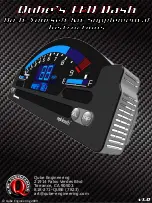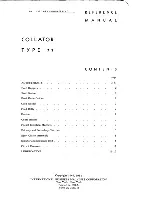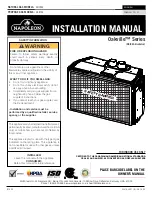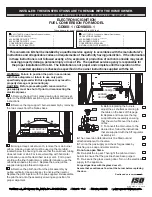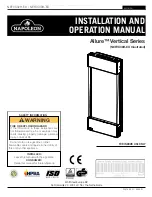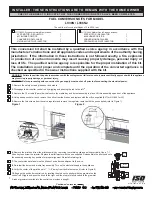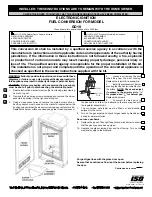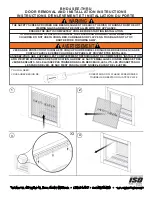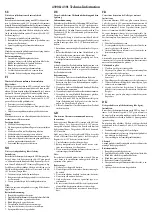
∙ It is recommended that you do not go out with
an offshore wind that pushes you away from
land more than the equivalent of 1 hr of paddling
(while remaining in the allowed safety distances).
∙ The rider should inform the lifeguards or a third
party of his trajectory.
∙ The rider should carry a dry bag with a communica-
tion devise, a first aid kit and a towing apparatus.
∙ It is recommended to use a life jacket and a wet-
suit when the water temperature is below 20°.
∙ When practicing long distance itineraries it is re-
commended to always go with at least 2 people.
∙ It is recommended to wear a wetsuit when the water
is below 20°.
∙ When practicing long distance itineraries it is recom-
mended to always go with at least 2 people.
∙ It’s recommended to have a tow ring set up on your
SUP Board.
The rider is connected to his board by a leash.
The leash must be at least equal or longer than the
length of the board. No safety or security equip-
ment is required for the beach vessels. For the
SUP’s allowed to go beyond 300 m, safety and
basic security equipment is required, related to the
characteristics of the vessel and mandatory within
2 miles of shelter (article 240-3.07). An individual
floating devise (art.240- 3.12) or a protective suit
(art.240- 3.13): A life jacket or a neoprene wetsuit.
A personal strobe light (art.240-3.14) & a towing
apparatus.
In rapids using a leash is not allowed, this can
be dangerous because it can stay blocked into
rocks or other things. A flotation aid is manda-
tory. Closed shoes must be worn. A helmet is
required in class 3 rapids or if the conditions
make it necessary. The rules particular to each
zone should be respected.
How to use a Stand Up Paddle board in different environments.
FLAT WATER, OPEN WATER (OCEAN & SEA) / ENCLOSED BODIES OF WATER WITHOUT CURRENTS (LAKES & CANALS)
IN RIVERS (RAPIDS)
PRACTICING LONG DISTANCE ITINERARIES
RECOMMENDATIONS
RECOMMENDATIONS
16
Содержание Stand Up Paddle
Страница 12: ...12...
Страница 13: ...FRAN AIS ENGLISH 13...

























